Primary Care in Crisis: PCP Navigation in a Specialty World
COVID-19 may be the latest challenge to primary care physicians, but it’s just one of many threatening the profession, including the increased focus on specialty drug markets—if PCPs are left out of the equation.

Viewing the drug pipeline today, the dominance of specialty pharmaceuticals may lead executives to focus on seizing on the potential of these agents to improve care and increase revenue for years to come. Nine of the top 10 drugs by sales in 2020 were specialty agents, and eight of the top 10 are given by injection or intravenous infusion. The potential sales revenue associated with these specialty drugs is indeed vast.
Undoubtedly, there is an industry emphasis on these biologic agents, both in the pipeline and FDA-approved—reference biologics and biosimilars, to address common chronic and rare disease. One might also expect that this emphasis would result in an increased focus on specialty physician practice at the expense of primary care clinicians. Although logical, this could be a real misstep for the industry.
The primacy of primary care
What happens at the primary care level has a direct effect on the specialties and hospitals. The primary care physician (PCP) office is a funnel for referrals to specialists and hospitals.
Most people with commercial health insurance or Medicare Advantage plans need a referral from a PCP to receive coverage when seeing a specialist. The vast majority of expensive specialty medications can only be prescribed by appropriate specialists (at least initially), owing to prior authorization restrictions by the payer. Therefore, without the PCP referral, the patient cannot access the specialty drug. Unless the patient is a member of a PPO or EPO—a more expensive health plan than an HMO—the PCP serves the traditional manage care gatekeeper role.
When the number of live office visits with PCPs drops precipitously, as happened during the COVID-19 pandemic, the number of referrals fall dramatically as well. Patients were less willing to sit in a doctor’s waiting room and risk infection, and physicians didn’t want them there.
The overall result was less use of lab and diagnostic testing, fewer referrals to specialty care, and a real focus on COVID-19 diagnosis and care.
Moreover, there are too few specialists to care for patients who may benefit from their care, especially outside of highly populated urban and suburban areas. Once the patient sees a specialist for the treatment of a chronic disorder, that person is usually handed off to the PCP for long-term treatment and management—meaning specialty drug refills and ongoing care.
Reimbursement issues and the challenges of maintaining a busy practice have placed PCPs under relentless pressure. The COVID-19 pandemic may be the latest, most serious challenge to PCPs remaining in the profession and surviving financially, but the factors that have been threatening primary care have been around for many years.
Today's primary care docs, by the numbers
According to the American Medical Association, there were 223,125 PCPs in 2017, with family physicians (39.5%), internists (34.5%), and pediatricians (21.3%) comprising the largest groups. A 2016 report stated that 67,580 nurse practitioners also worked in primary care, as did 36,119 physician assistants.
In 2017, the greatest number of PCPs were between the ages of 45 and 64, with a peak in those ages 45 to 54 and an average of 48 years (about one-quarter were older than 60 years). In contrast, the median age of physician assistants was 37 years in 2016. A 2020 survey found that 64.3% of PCPs were white, 18.0% were of Asian descent, and 9.5% were Hispanic/Latino.
Of all PCPs, 55% were male, but this varied by practice category: For example, women outnumbered men 2:1 in pediatrics, but men outnumbered women 3:1 in general practice. The trend has applied to an increasing proportion of female physicians.
Whereas pediatricians and internists most often practice in more populated areas, family physicians are the doctors most likely to practice in rural or remote regions.
However, the number of PCPs per 100,000 population varies considerably by state, with a low of 48 per 100,000 in Mississippi to a high of 102 in Maine.
According to a 2014 survey, 56% of PCPs owned their practice, whereas 26% were employees in a practice not owned by physicians and 15% were employees in physician-owned practices. Fifty-two percent of practices were owned by corporate entities like health plans or insurers; 42% were owned by medical, academic, or community health centers.
COVID implications for primary care
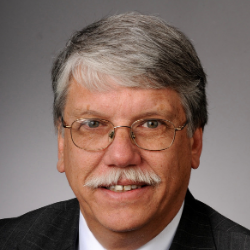
The last 18 months have represented a sea change for all office-based physicians. Fewer live medical office visits and the increased use of telemedicine have changed the way patients engage with their doctors.
L. Allen Dobson, Jr., MD, retired as president and CEO of Community Care of North Carolina in mid-2020. In an interview, he says, “Independent PCP practices were not in the greatest financial shape anyway, based on the inherent inequities of the payment policies.” The pandemic put a great deal of financial pressure on both independent and larger, entity-owned practices, especially those paid primarily on a fee-for-service basis.

The healthcare environment has been pressuring independent clinicians to sell their practices to other entities or to merge with a larger practice. The pandemic ratcheted up this pressure significantly. According to a report from McKinsey & Company, “The demand shock from COVID-19 is unprecedented, and many physician respondents believe that the resulting loss of revenue will put their practices at financial risk.”
The report states that in April 2020, 53% of independent physicians worried about their practices surviving the pandemic. “Almost half of all independent physician practices said they had less than four weeks of cash on hand.” As a result, independent physicians were increasingly considering “partnering with a larger entity, selling their practice, or becoming employed.” Furthermore, 91% of family physicians attributed income declines to the COVID-19 pandemic, based on data from the Medscape 2021 Family Physician Compensation Report.
The federal government did offer a lifeboat to physician practices through its Paycheck Protection Program (PPP) loan program during the pandemic. Furthermore, practices benefited from the 2020 implementation of higher reimbursements on current procedural terminology (CPT) coding for evaluation and management services, says Ripley Hollister, MD, a Colorado-based PCP, and board member of the Physicians Foundation, a national advocacy group for doctors.
The uptake and reimbursement of telemedicine were bright spots during the pandemic, Dobson believes. “I always talked to my patients by phone and didn’t get a chance to bill for it. It was the easiest way to get my patients’ needs met without them having to come to the waiting room and get on my schedule,” he says. Dobson pointed out that the telemedicine visits were initially paid at parity to a live visit, “but insurers cranked down the payments,” which left the practices with lower revenues during the pandemic.
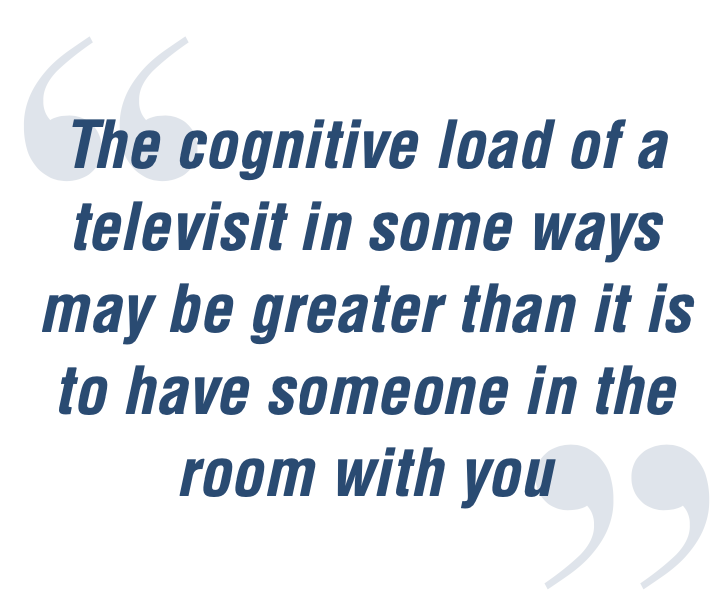
That’s the million-dollar question, adds Yul Ejnes, MD, a primary care practitioner from Cranston, Maine, around “whether a televisit is worth the same as an in-person visit.” He points out that whereas the overhead may be different, “the cognitive load of a televisit in some ways may be greater than it is to have someone in the room with you. How do you value all of that?”
PCP practices are fighting today for survival, agrees Ejnes. “COVID-19 called this out when nothing else could—the vulnerability of most PCP offices paid primarily on a fee-for-service basis,” he says. In contrast, medical groups paid based on capitation or alternative payment models had a bit more of a financial buffer, according to Ejnes.
The Physicians Foundation reported in 2020 that 72% of physicians overall (but a majority of PCPs) have experienced a COVID-related reduction in income. Of these, 55% noted experiencing income losses of 26% or more.
Physician practices have been under a separate financial pressure: to take on risk, which is very difficult for a small independent practice. Dobson contends, “We’ve basically created almost a forced consolidation because of numbers and complexity and stuff. So, now you’ve got hospitals, insurers, and venture capitalists all trying to fight to aggregate all the healthcare professionals. A lot of practices are asking, “Can I make it? Do I sell out? What do I do? Do we all merge together? There’s lots of turmoil out there,” says Dobson. He points out that also means loss of autonomy for the provider. He believes that ultimately, “that’s going to lead to worse care and less options for patients.”
Loss of autonomy and control, combined with the pandemic’s reduction in doctor-patient contact, has affected physicians in a more basic way. It cuts to the core of why they became doctors in the first place. Being unable to see patients and caring for fewer of them has compelled some PCPs to reconsider their long-term plans. One Pennsylvania-based PCP confided that she is aware of several colleagues who are leaving practice. They tend to be older physicians who are willing to stick it out until after the pandemic and then retire early. The Physicians Foundation survey concluded that up to 37% of physicians would consider early retirement. Physician burnout has long been a concern, and the COVID-19 pandemic may have made more doctors vulnerable to burnout. In this survey, 58% of respondents have reported having “feelings of burnout” in 2020 versus 40% in 2018.
Another survey conducted in 2020 found that 30% of over 2,000 physicians reported experienced feelings of hopelessness owing to COVID-related changes in their practices. Stunningly, 22% acknowledged that they knew a colleague who committed suicide.
Another report, based on a survey of almost 800 physicians (three quarters of whom were PCPs), found that two-fifths were working in practices that recognized the problem within the past year and sought “concrete steps” to address burnout.
More time focused on the busy requirements
In past years, physician burnout was usually associated with the increasing time spent on administrative tasks compared with caring for patients. That includes time needed to comply with data reporting and quality issues, as well as the daily requirements of entering data onto electronic medical records, obtaining prior authorizations, coding and billing needs, and other strictly non–patient care activities.
In 2015, a Medscape survey found that approximately 30% of PCPs spent at least 15 hours per week on paperwork and administration, and another 30% spent 10-14 hours per week. In the 2021 version of the survey, that figure for family physicians jumped to an average of 17 hours per week. Internists reported an average 19.7 hours per week on paperwork and administration.
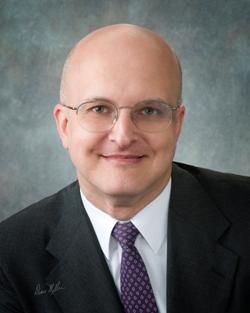
Ejnes points to some issues that have increased the administrative workload over the years. “You have that every-January extravaganza of having to reauthorize chronic meds that patients have been on for 20 years because a pharmacy benefit manager changed,” he says. “You have to deal with imaging requests that are guideline-based, recommended, but rejected because the punctuation mark is in the wrong place. You’re having to have a peer-to-peer conversation that is a time-waster.”
In practices with the sufficient infrastructure, says Ejnes, a team of pharmacists or nursing staff may be available to handle prior authorizations or medication renewals.
Again, this could mean fewer hours actually engaged in the practice of medicine and patient care—the reason PCPs decided to enter the field in the first place.
Revenue and time crunch for frontliners
The primary care profession is under pressure on multiple fronts: practice time constraints and revenue dips, but also personal finances and personal time.
Primary care providers generally earn less than specialists. According to reports from 2020, a family physician in Philadelphia earns a median compensation of $225,400 annually, with one quarter earning less than $200,000 (one quarter earning more than $258,700). According to a ZipRecruiter survey conducted earlier this year, the national average annual salary for a PCP was $214,751, with similar wide variations.
In the Medscape Physician Compensation Report 2015, 53% of PCPs indicated that they did not believe they were fairly compensated. This was based on an average salary of $195,000 for those in family practice. Although the ZipRecruiter survey cited compensation gains, this varied significantly by gender. Women working in family practices averaged only $204,000 in 2021, and 43% of female survey respondents reported feeling that their compensation was too low. Persistent medical school debt may be one reason for this belief.
In the first quarter of 2021, the publishers of Medical Economics conducted its own survey of physicians, more than half in primary care practices. They found that one-third of all respondents sought secondary income outside their practice; close to one-fifth of those doctors filled gaps with non-medical work. Eleven percent of family physicians sought non-medical secondary income. The secondary income earned was substantial: an average of $53,000 for family doctors, $46,000 for internists.
Notwithstanding the effects of COVID-19, physicians in busy PCP practices are being asked to see their patients, conduct their administrative responsibilities, and keep up with the medical literature during the course of a “normal” workday. Ejnes says, “A lot of physicians are doing work from home, after dinner, after the kids are put to bed, at five o’clock in the morning before they go to the office—which is not a good thing.”
The Physicians Foundation’s Hollister adds that the “time requirement for documenting care of the patient has been condensed,” and he typically does this documentation in the evening once he gets home. The survey by Medical Economics emphasizes the point: 89% of physicians spend time outside the office on practice management, financial research, and reading clinical research.
For example, 54% of those surveyed read their medical journals and other clinical content at home rather than in the office. “For most physicians, medicine is what we love. We enjoy keeping up with medical developments,” says Hollister, and would likely spend off-hours reading medical content in any case.
In Medical Economics’ survey, 37% of 197 respondents indicated that they also conduct practice management and financial research exclusively at home, with another 35% reporting that it is mostly done at home. Nearly one-fifth spend between three and six hours per week on practice management and finance reading and research.
Reaching the PCP in today's practice
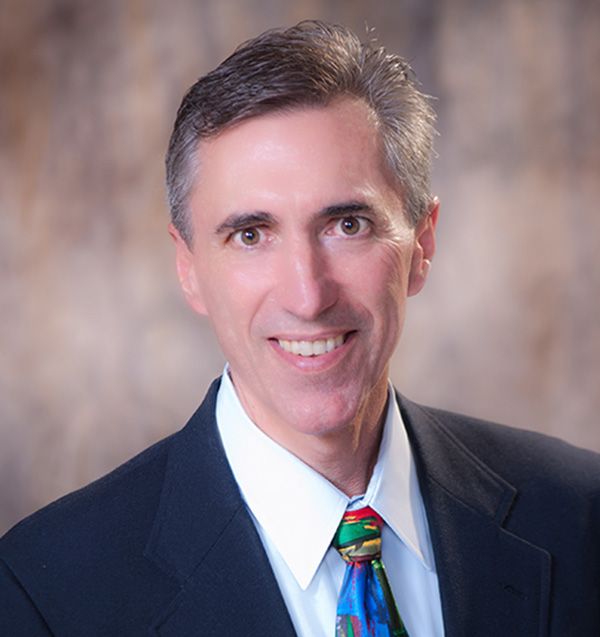
The time demands on family and general practitioners, internists, and pediatricians make it difficult to navigate the typical workday. Those surveyed emphasized that content in traditional practice management and financial resources, such as Medical Economics, are still considered highly valuable by PCPs. For example, 46% of survey respondents indicated that they find information in Medical Economics influential in their research, and 82% use the information provided by the journal.
In 2020, the COVID-19 crisis only spotlighted the vulnerability of these primary care practices. Physicians have seen fewer pharmaceutical account executives recently, whether through new practice policies or COVID restrictions. Hollister, for one, misses the interactions and opportunities that pharma companies bring to his practice and staff, in terms of “lunch and learns,” other potential social activities, and passing of information, “which the clinician can weigh against their whole acumen of medical knowledge,” he says.
Ejnes’ practice curtailed pharmaceutical visits years ago, mostly because he felt he could use the time to generate income and care for patients. “At times I thought I was doing more for the pharma reps during these visits to help them, rather than to help me. So, I stopped the visits altogether,” he reflects. Ejnes adds, “The whole issue of samples was starting to become more of a nuisance than a help in terms of having to track lot numbers and maintaining inventory just for safety purposes. So, I don’t think many of the physicians in my office actually see pharmaceutical reps. I’m not even sure how many even show up to see anyone.”
Although it is more difficult for pharma representatives to see these clinicians in their offices these days, there is still an opportunity to reach them when and where they do their financial research and read their clinical content.
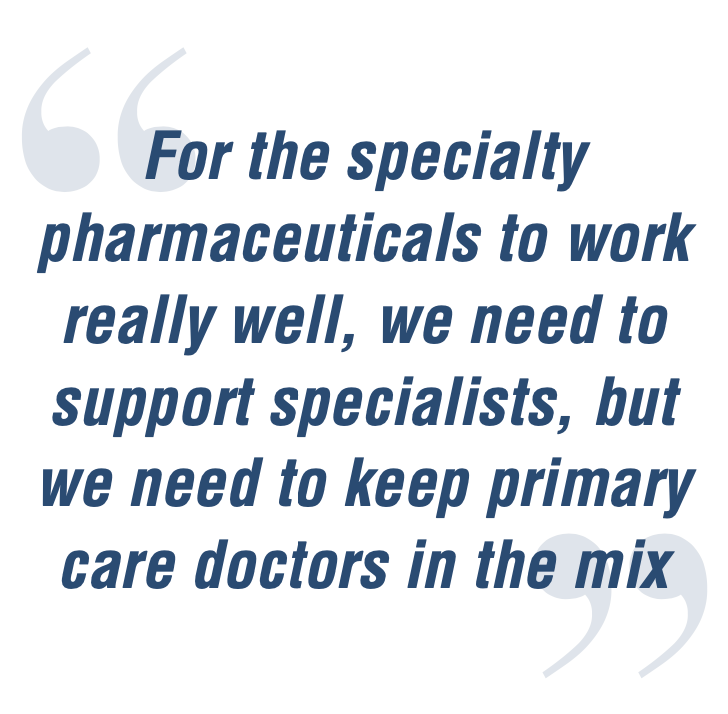
For a specialty medicine-obsessed pharma industry, Dobson’s advice is something that may be easy to overlook: “Primary care doctors are probably not going to want to be the one putting the patient on the specialty med, but if you’re talking about accessing the care and making sure patients are taken care of, the primary care doctor is the one who will be refilling the medicines and seeing them in their communities.”
“For the specialty pharmaceuticals to work really well, we need to support specialists, but we need to keep primary care doctors in the mix so that they can provide the follow-up care patients need,” he adds.
Fewer PCPs means an erosion of access to specialists, and to specialty drugs. This should be of keen interest to a pharmaceutical industry focused on a specialty drug future.
Stanton R. Mehr, Freelance writer who covers pharmaceutical care and clinical topics, health policy, and drug coverage issues
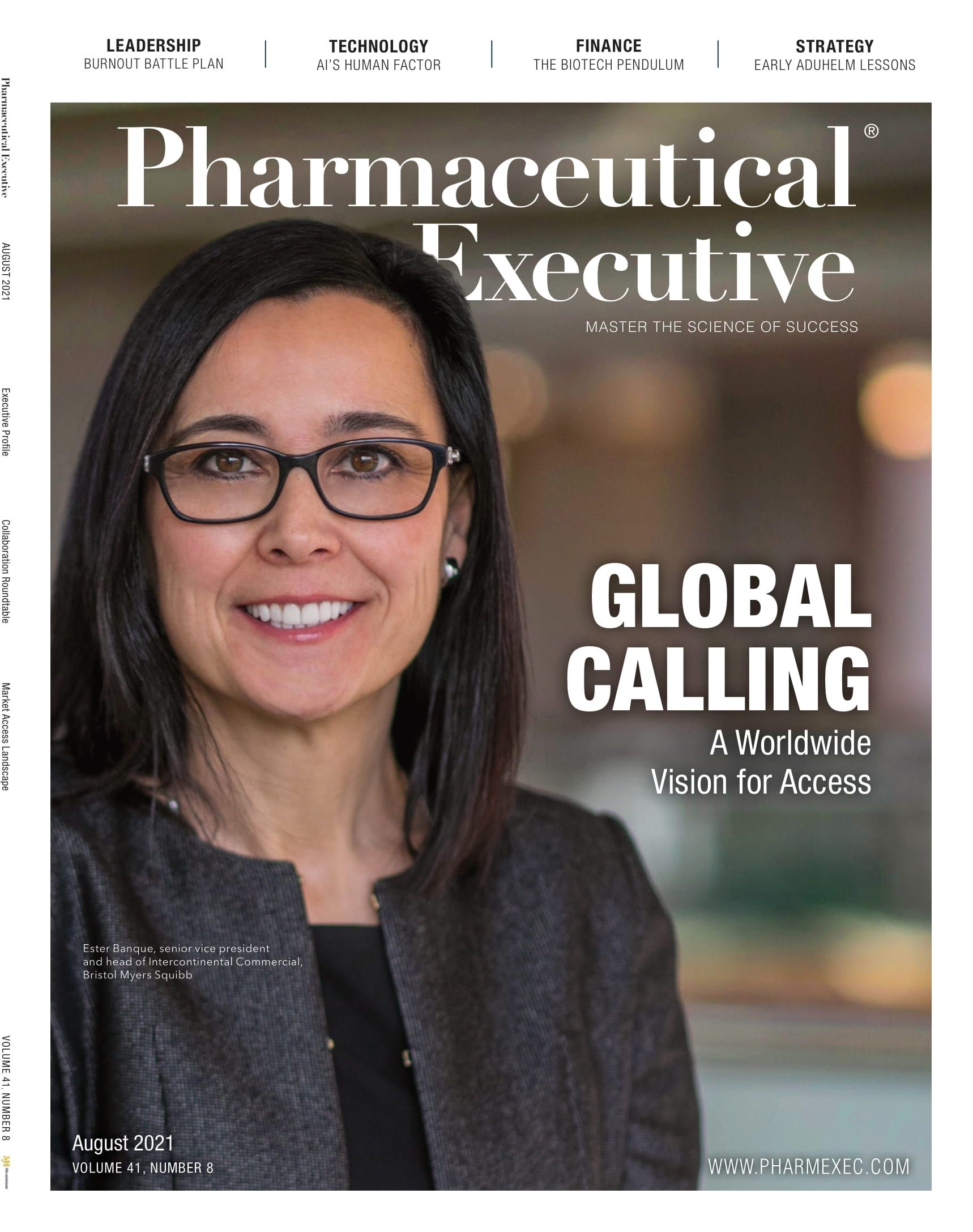
Regeneron, Roche Launch Major US Expansion Plans to Meet Growing Demand for Biologics and Innovation
April 22nd 2025With combined investments exceeding $53 billion, both companies are deepening their US presence through expanded biologics production, gene therapy capabilities, and next generation R&D centers.
Cell and Gene Therapy Check-in 2024
January 18th 2024Fran Gregory, VP of Emerging Therapies, Cardinal Health discusses her career, how both CAR-T therapies and personalization have been gaining momentum and what kind of progress we expect to see from them, some of the biggest hurdles facing their section of the industry, the importance of patient advocacy and so much more.